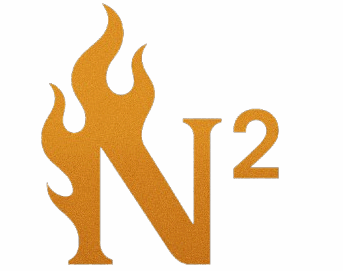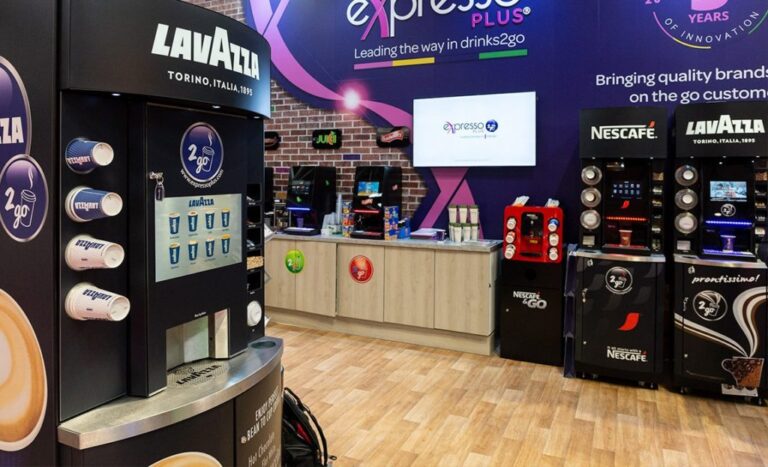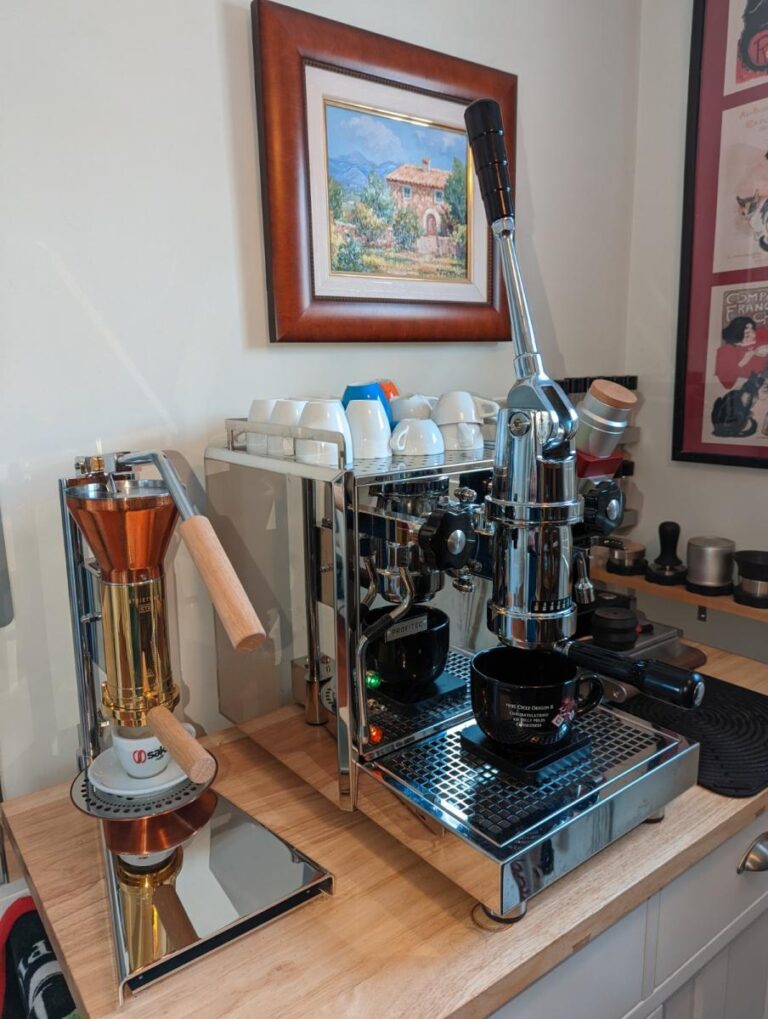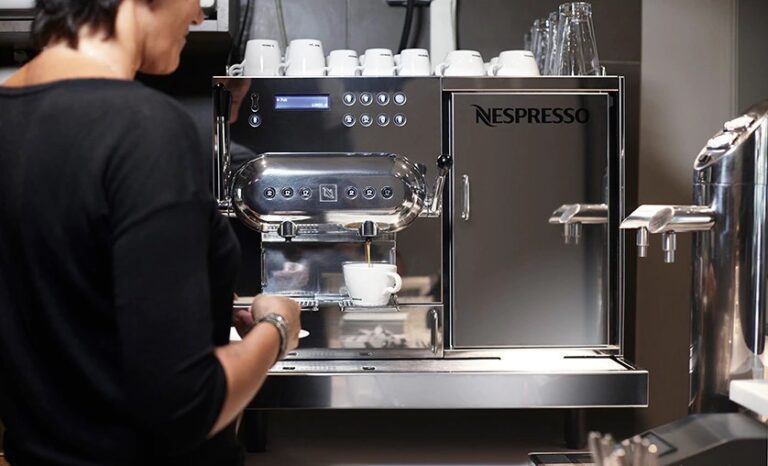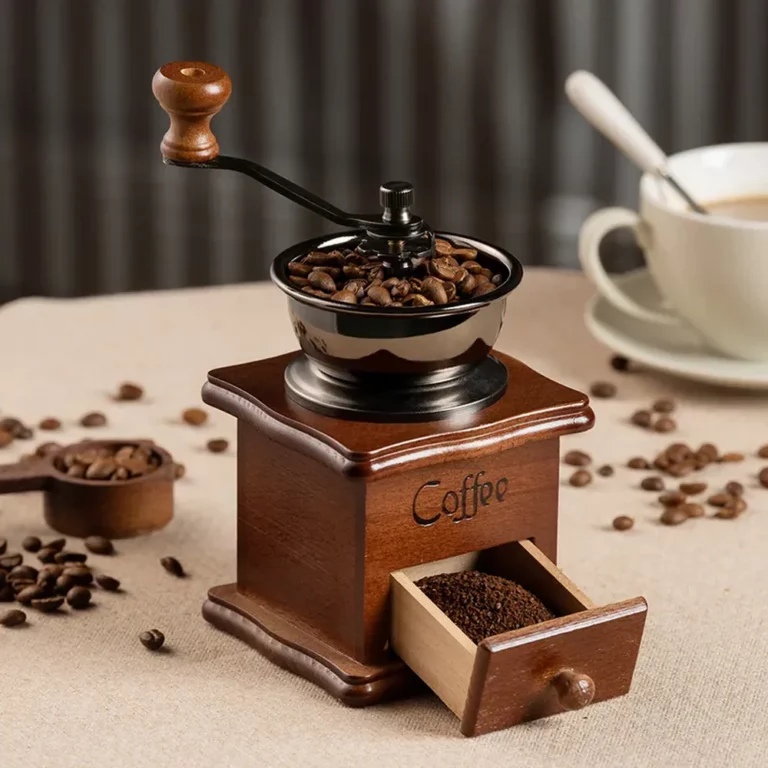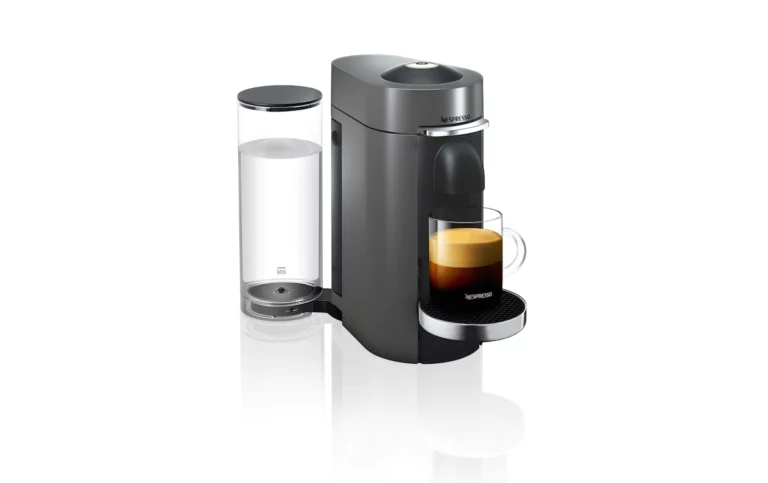Understanding Espresso Coffee: The Bold Black Brew That Conquered the World
Coffee is a big part of many people’s daily lives. One of the most famous and loved types is espresso coffee. With its strong flavor, rich aroma, and bold look, espresso is also the base for many other modern coffee drinks. In this article, you’ll learn all about espresso coffee, its history, how it’s made, its taste, types of drinks made from it, and why it’s so special. For true coffee lovers, understanding espresso is the first step into the exciting world of coffee.
1. The History of Espresso Coffee
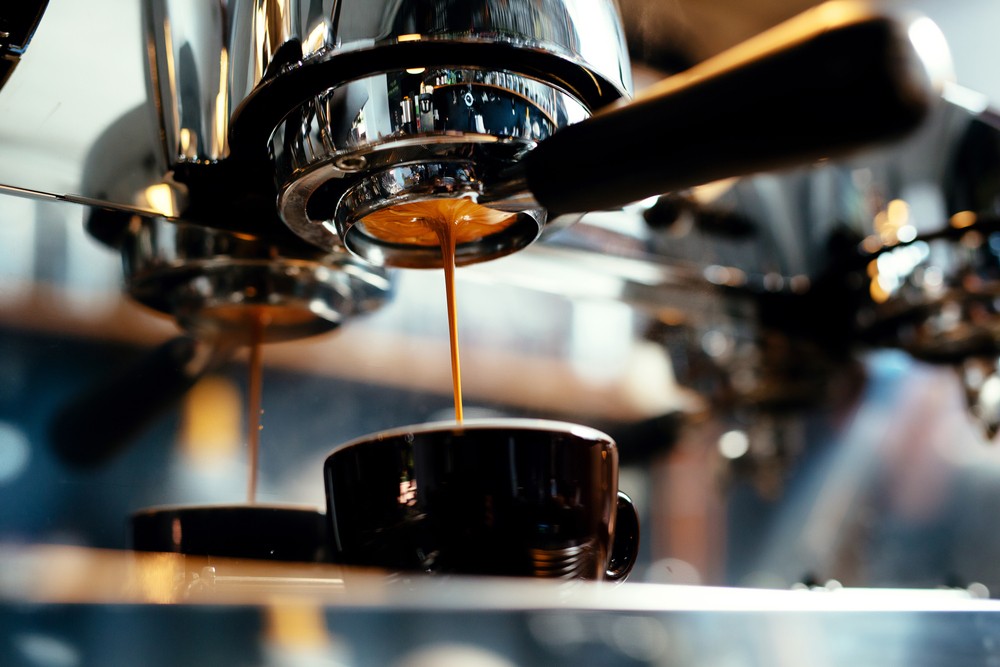
Espresso comes from Italy and was introduced in the early 1900s. The word “espresso” means “pressed out” in Italian, referring to the method of making it by forcing hot water through finely ground coffee.
Luigi Bezzera invented the first espresso machine in 1901. Later, Desiderio Pavoni improved and sold it to the public. From there, espresso culture began to spread around the world. Over time, espresso machines have become more advanced, creating new standards for coffee-making.
2. Characteristics of Espresso
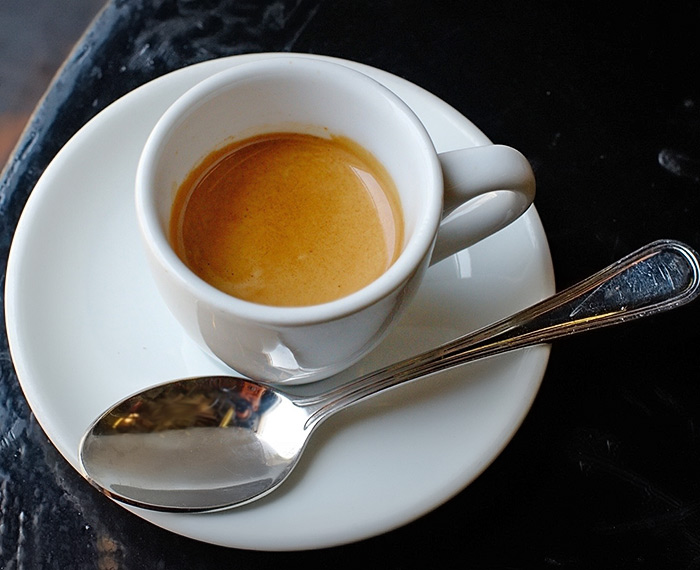
Espresso has special traits that make it different from other types of coffee:
- Strong and Rich: Served in small shots (25–30 ml), but very flavorful.
- Crema: A golden layer of foam on top of espresso, created during brewing. It shows good espresso quality.
- Quick to Make: Takes only 25–30 seconds to brew, perfect for a fast energy boost.
3. How to Make Espresso
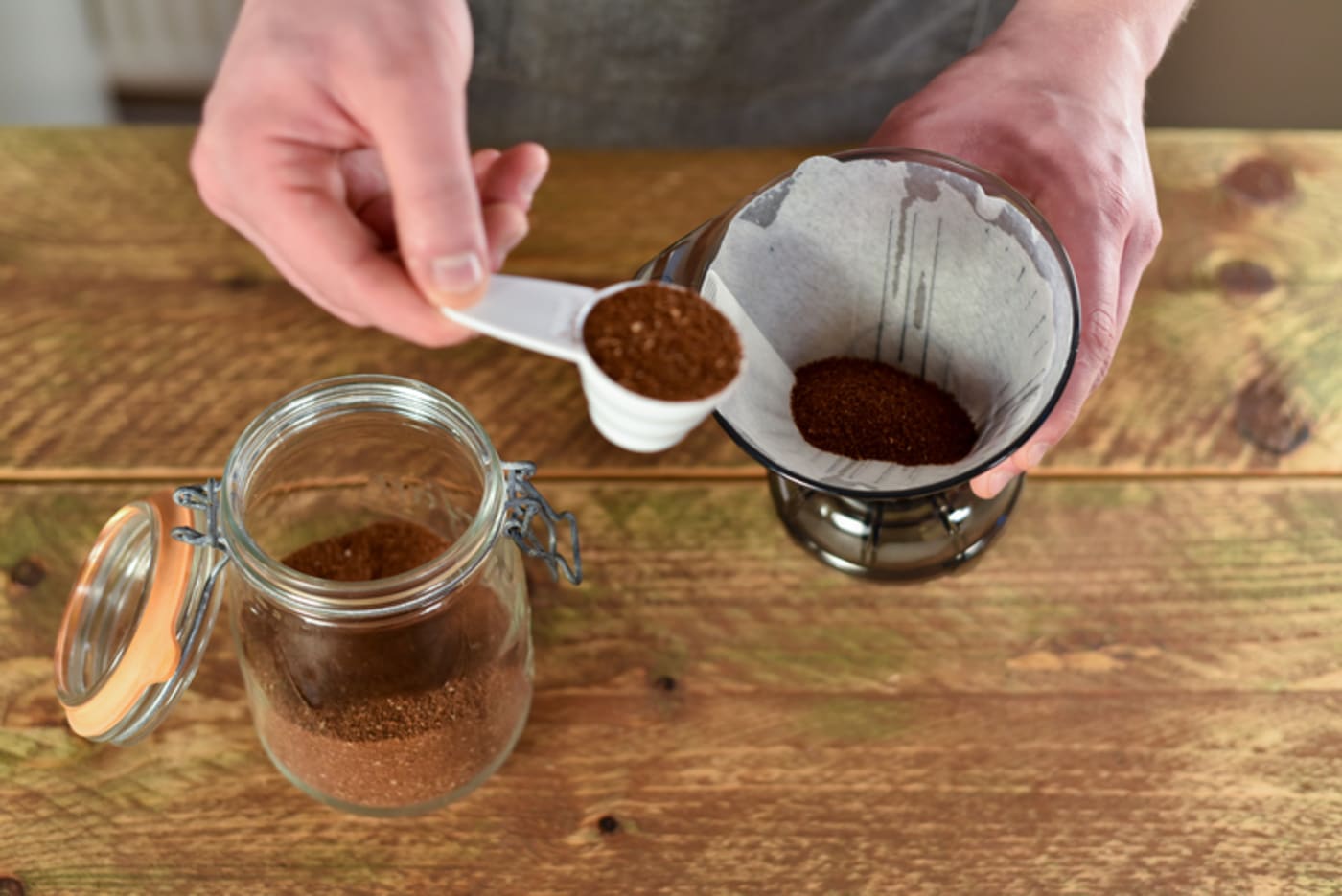
To make a perfect cup of espresso, you need a few key things:
- Quality Coffee Beans: Usually arabica or robusta, depending on taste preference.
- Fine Grind: The coffee must be very finely ground.
- Espresso Machine: A special machine with at least 9 bars of pressure is used.
- Tamping: The ground coffee is pressed evenly into the portafilter.
- Time and Temperature: Brewed for 25–30 seconds at about 90–96°C.
4. Espresso-Based Coffee Drinks

Espresso is the base for many popular coffee drinks around the world:
- Single/Double Espresso: One or two shots of pure espresso.
- Americano: Espresso with added hot water.
- Latte: Espresso with steamed milk and a little foam.
- Cappuccino: Equal parts espresso, steamed milk, and milk foam.
- Mocha: Espresso with chocolate and milk for a sweet taste.
- Macchiato: Espresso topped with a small amount of milk foam.
- Affogato: Espresso poured over vanilla ice cream.
5. Espresso Flavor Profile
The taste of espresso depends on many things, such as the coffee bean, roast level, and brewing technique. Generally, espresso tastes:
- Strong and Bitter: Because of its concentration.
- Bright and Complex: Especially with high-quality arabica beans.
- Smooth or Textured: Depending on the brewing method.
6. Health Benefits of Espresso
When consumed in moderation, espresso can offer several health benefits:
- Improves Focus and Alertness
- Boosts Metabolism
- Rich in Antioxidants
- Helps Burn Fat
- May Lower Risk of Diseases like Alzheimer’s and Parkinson’s (based on studies)
7. Espresso Culture Around the World
In Italy, espresso is part of daily life. Italians often drink it while standing at a coffee bar, taking just a few minutes to enjoy. In places like the U.S., espresso is used to make bigger and sweeter coffee drinks.
The third wave coffee trend focuses on bean quality, origin, and brewing techniques, s—making espresso the star in many specialty coffee shops. Single-origin beans are now commonly used to make high-quality espresso shots.
8. Tips for Enjoying the Perfect Espresso
- Drink While Hot: To enjoy its full flavor and aroma.
- Use Fresh Beans: Recently roasted and ground beans taste best.
- Use Clean Water: Free of chlorine or strong minerals.
- Keep the Machine Clean: A clean machine makes better espresso.
9. Espresso in Indonesia
Although espresso started in Italy, it has become part of modern coffee culture in Indonesia. Many local coffee shops serve high-quality espresso made with local beans like Gayo, Toraja, or Bali Kintamani. Popular iced milk coffees in Indonesia also often use espresso as their base.
With affordable espresso machines now available, many people can make espresso at home, either with automatic or manual machines.
10. The Future of Espresso
As coffee tech and interest continue to grow, is expected to evolve too. From special roast profiles to new brewing styles, espresso will become more personalized and even more interesting.
We might soon see espresso drinks tailored to taste, temperature, or even health benefits. The world of espresso is only getting more exciting.
Conclusion
Espresso coffee is a mix of art, science, and culture in one small cup. By understanding its history, how it’s made, and all the drinks based on it, we can better appreciate every sip.
